Scotland has nine of the top 10 ‘easiest’ driving test locations in the UK, with two in the north and north-east, according to recent research.
Howden Insurance studied percentage pass rates at major test centres, with Montrose coming out top at 74.8%.
Lerwick in Shetland was at five on the league table, with a pass rate of 70.1%, and Fraserburgh was in ninth place with a pass rate of 66.3%.
But does it really matter where you sit your test and could sitting it in an ‘easier’ location even be a disadvantage?
Aberdeen driving instructors talk about the test
The P&J sat down with Aberdeen & District Driving Schools Association to ask these questions and find out what it’s really like to be a driving instructor.
With more than 80 years’ experience between them, chairman Mark Hewison, secretary Derek Young and members Dave Sheen, Brian Thomson and Rod Smith, have seen it all.
They have helped people from ages 17 to 72 get through their tests with some of their pupils overcoming significant physical and mental challenges.
It’s clear every pass means almost as much to the instructors as it does to their pupils.
On the subject of ‘easier’ driving test locations, Derek highlighted Ballater on Royal Deeside and its comparative lack of roundabouts.
“There’s a big difference with the test route area compared to Aberdeen city.
“It’s a lot easier in certain aspects because roundabouts can be the most complicated one for a learner, with different lanes and exits.
Driving in any environment
“If you’ve passed your test in Ballater, you might head for Aberdeen quite quickly and then panic sets in.”
Mark points out: “Some people who have passed their test on the islands will never drive on the mainland, so they will drive within that environment.
“I’d be careful saying there are easier places because people from Ballater wouldn’t want people going there to sit a test because they think it’s easier.
“It’s about making sure you pass your test in an environment you’re going to be able to cope with driving in for the rest of your life.”
Nerves kick in, say Aberdeen driving instructors
Derek says: “It doesn’t matter what test you do, you always get nervous.
“People normally drive very well with their instructor leading up to it but then test nerves can kick in.
“That’s why we do a mock test, prior to the test. People can sail through it and still fail their test because they are sitting with a total stranger.
“They know what’s at the end, a pass of fail. If it’s a fail, they are totally deflated.
“It could be their job, their future or the car in the driveway waiting for them.
“It’s trying to get them to cope with someone different with the high-viz vest on. We try to make them as comfortable as possible. We explain examiners are very fair and are human!
“We try our best to get them to settle down in the lesson before their test.
Sometimes people make crazy mistakes
“Sometimes they make crazy mistakes before their test and they realise: ‘Come on now, I can do better here, concentrate more,’ and hopefully they sail through their test.
“It’s really down to that pupil and how they cope with nerves. Some go to the doctors or try different remedies if they’re really nervous.
“Generally, we can tell well before their test if they’re ready for it. But we all get fails, that’s why the pass rate throughout the UK is something like 55%.
“We must think, before we let them test, they’ve got a good chance of passing.
“That’s where good instructors come in, but unfortunately, some instructors let them go regardless.
“Then they might have a really bad test. It doesn’t do the instructor any good. We are getting assessed all the time, our pass rates get logged.
It doesn’t matter how many lessons they have
“You’ve got to make sure people are safe. It doesn’t matter how many hours they’ve had. It could be 10 hours to 50 hours, it depends when they can drive independently.”
“You can have people who have no minor faults but one serious fault.
“It’s heart-breaking. It’s worse if it happens in the last five minutes of the test.
“Until the engine is switched off at the end of the test, anything can happen.”
“I’m sure they’ve had failures. They’ve done exams at school, but the driving test seems to be the one that hurts.
“We’ve all had people who are really good drivers, but have had three, four or five attempts.”
Failed within 10 metres
Rod says: “I’ve had someone fail within 10 metres of starting their test. They drove straight over a kerb before they even left the car park. They still had to carry on and finish the test.
“Forty minutes later they came back to the centre and it was their only fault.
“And they were a wonderful driver. Nerves just got the better of them, that’s life.”
Derek says during Covid, tests were stopped as soon as there was a fail, and some cars never even left the test centre.
“I heard of three pupils who failed their reverse bay park at the very start.”
Brian had a pupil who was only out for four minutes because he failed to check his blind spot.
“They turned at the first roundabout and I’m sitting outside thinking, ‘that looks like my car coming back’. I thought the examiner had forgotten something!”
Instructors want a pass as much as the pupil
The instructors said they “feel terrible” when pupils fail.
Rod says: “We’ve invested as much time and effort as the student has.
“You take professional pride so when you see somebody failing, you question yourself; was that my fault? What did I do wrong? Did I prepare them correctly?
“It’s a huge knock to your confidence as well.
“My first fail was a major kick in the teeth and I was like: ‘Oh, I’m not cut out for this, I’d be as well packing it in now!’
“But you realise it was a random error on their behalf due to the pressure of the situation.
“People can drive wonderfully until their test, but when the test starts, funny things go through their heads and they forget everything they’ve been taught.
Experienced drivers behaving badly can wreck a test result
Mark says it’s not always down to nerves.
“There are a lot of tests failed because another driver has done a poor piece of driving but the learner hasn’t responded correctly,” he says.
Asked if they have ever been ‘over the moon’ about a pupil passing their test, Mark says two moments spring to mind.
He says: “I taught a 72-year-old lady whose husband had passed away and she lived remotely.
“By getting a driving licence she could stay where she’d been living with her husband all her life and she passed first time.
“I also taught an autistic guy to drive. He was probably my most challenging pupil, but again, one of the most rewarding.”
Success for pupils with ADHD and autism
David says: “I’ve had a few pupils with ADHD and autism and four of them passed first time.”
One had become withdrawn because he’d been shouted at by two instructors.
“All you can do is build up their confidence. It can be challenging but it’s great when they get through,” says David.
Sometimes modifications are made to enable people to have lessons.
One of David’s most remarkable students was just 3ft 6ins tall.
“We had to go through the medical branch to see what adaptions were needed and it was just pedal blocks for his feet.”
“He only took three and a half months and got through with a clean sheet, no faults.”
“When I was an examiner, I had a woman with no arms.
“She had adaptions all around the steering wheel.
“All she had to do was use the steering board and flick everything that was needed, even for the brake. She passed with one driver fault.
Driving brings independence
“Usually, I find people who have challenges make more of an effort because they depend on it so much to get their independence.
“It’s really nice to see, when things like that happen to make their life different.”
Derek says: “We have to craft our teaching to suit.
“One person might need more hand pointers to go right or left, or need more looking at books. They might learn more by watching us.
Rod says: “A simple thing I find baffling is how many young people don’t know their left from their right.
“You see them trying to make an L with their left index finger and their thumb when they are driving along.”
Sometimes you have to figure out what they’re doing wrong
The average pupil has 30 to 40 lessons.
Brian says: “I think 75 hours is my highest. She sat four tests but a lot of that was nerves.
“She was a very clever lady, she was running her own business, but her foot, brain and hand co-ordination, she couldn’t get that to work at all.”
Mark says: “I had a pupil who came to me and had been learning for 15 years. She passed on her 10th attempt.
“We identified what she was doing wrong. When she got nervous, she increased the speed in her right foot.
“We sorted out some breathing techniques so she had a system to rectify it and she was fine.”
Have the instructors had many hair-raising moments?
Derek jokes: “Well, have you noticed we’re all bald? That says it all!”
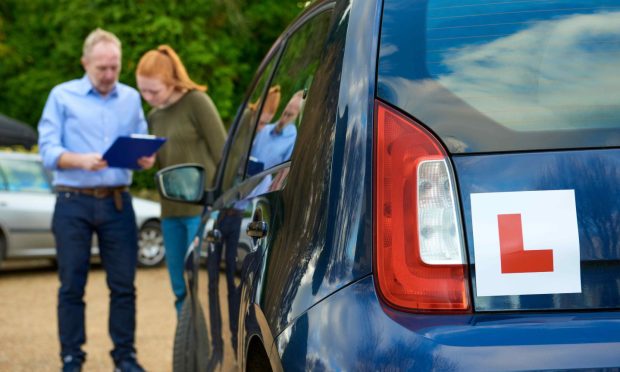
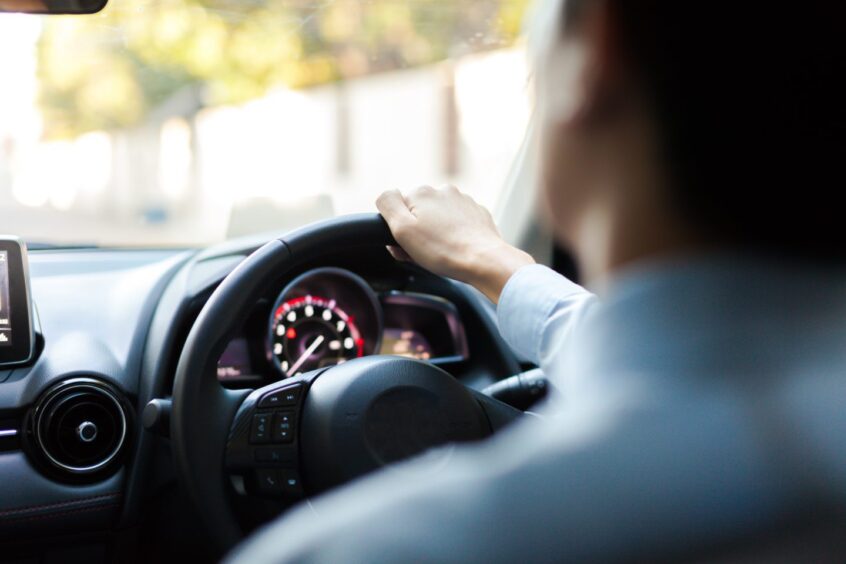


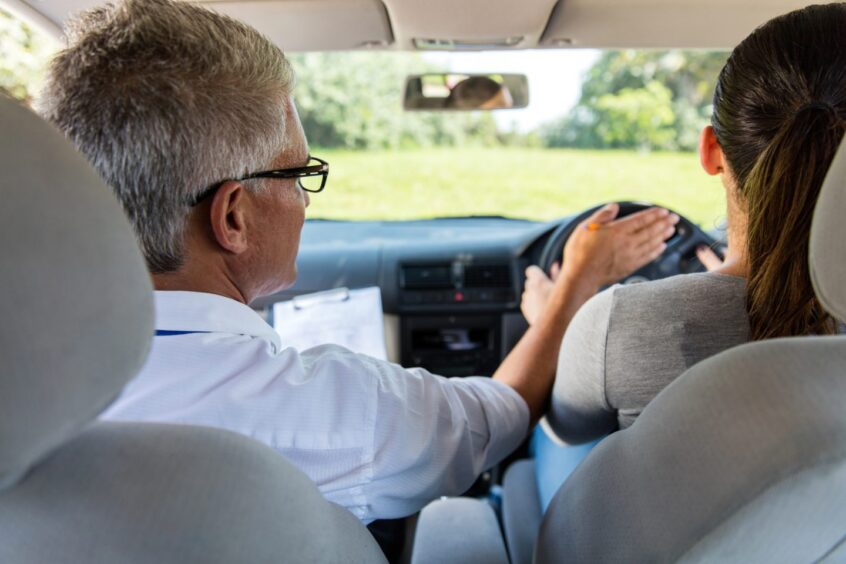

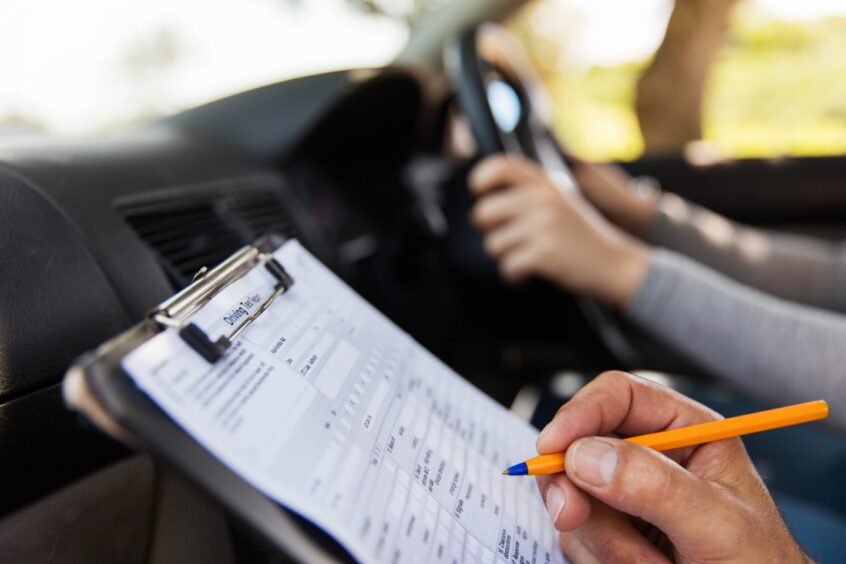

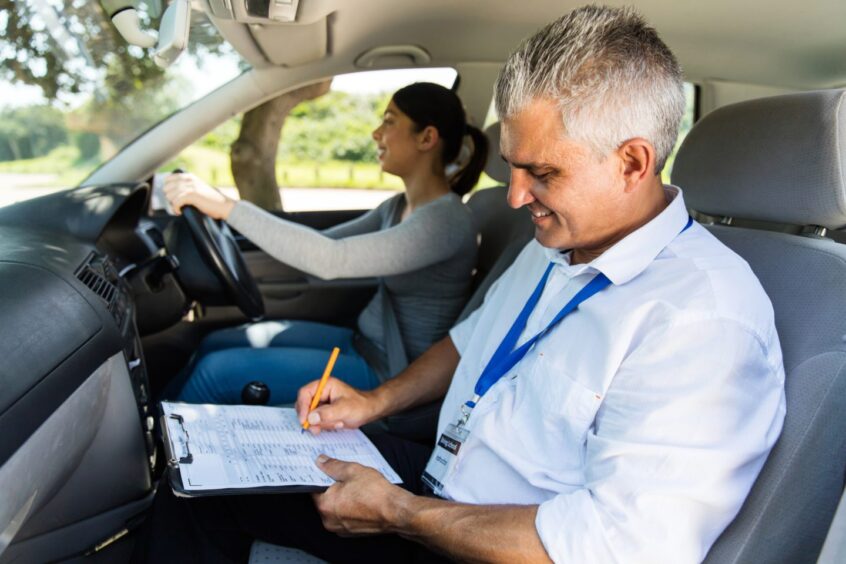

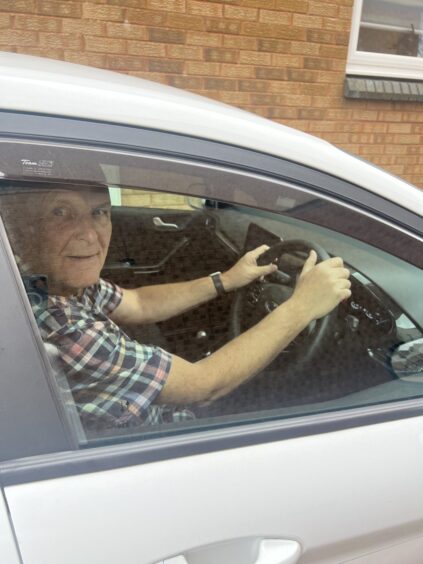


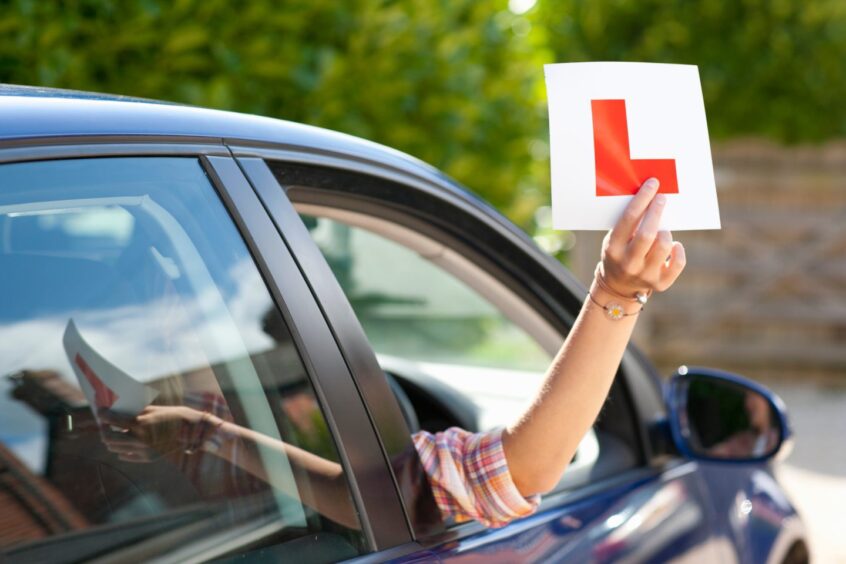



Conversation